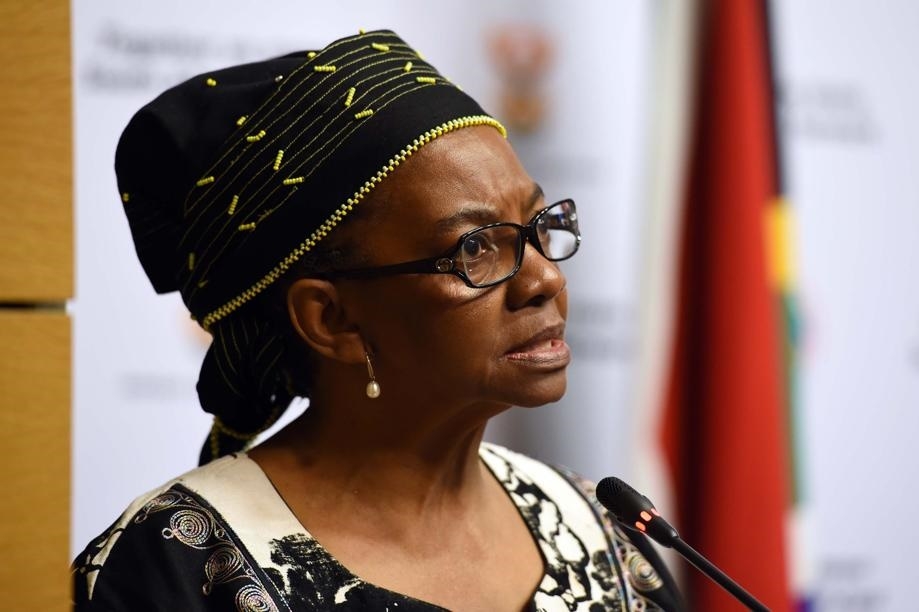
This year’s Budget Speech addressed several of the country’s most pressing needs and focal areas for the year ahead. The subject of infrastructure, however, was a recurring theme. Part of the state’s commitment to infrastructural renewal, involves forming public-private partnerships (PPPs) in the construction field. Private companies who are gearing up to seize these opportunities, need to have a realistic overview of the current risk landscape to ensure that unexpected hazards don’t derail their plans.
Reforms to bring PPPs into infrastructural development plans
In the Budget Speech, Minister Godongwana, announced plans to implement reforms that will optimise the infrastructure value chain, with the aim of attracting private sector participation. The Budget Review, published alongside the speech, elaborated on this announcement, stating that many of these reforms will be aimed at reducing the procedural complexity of undertaking and employing the services of PPPs.
Total infrastructure investment planned by the state over the next three years will exceed R940 billion. Part of these plans involves harnessing the capabilities of PPPs in rolling out some of these important projects in the transport, energy, health and water management sectors. Furthermore, government aims to provide businesses with technical support and reducing red tape, particularly for projects valued at below R2 billion.
These initiatives are likely to attract small businesses and contractors in the construction field, particularly because lower value, smaller projects are set to be incentivised by the state. Programmes such as these represent both valuable commercial opportunities as well as the potential for large-scale job creation, both of which are essential in stimulating much-needed socioeconomic growth.
Risks on the horizon
However, as Dasran Padayachee, Team Manager at SHA Risk Specialists explains, amidst these opportunities, there are a few common pitfalls that businesses need to be aware of. “It’s important to understand that local construction firms and independent contractors alike, are facing the financial strain of slow economic growth as much as businesses in other sectors. Under these conditions, many firms may feel compelled to underquote on the cost of projects and cut out essential components such as adequate on-site supervision.
This however, increases their risk exposure on multiple fronts. With inadequate or unqualified supervision, the likelihood that construction workers and people on-site can get injured, increases. This leaves more room for third-party liability incidents as well as the potential for structural faults and failures that could have serious financial implications later on.”
Another risk that needs to be considered is that contractors and professionals may feel pressurised to agree to unfavourable contractual conditions in order to win a bid. These conditions may result in the contractor taking on liabilities that would not typically have fallen under their remit, which in turn exposes them to more risk.
Apart from these kinds of risks which relate in part, to the tough, current economic environment, there are also weather-related events to consider. The looming effects of climate change are becoming more and more pronounced. Key examples of this include the flooding through parts of KwaZulu Natal in 2022, which were dubbed the most catastrophic natural disaster ever recorded in the region.
Just a year later, similar flooding took place in the Western Cape. Several climate experts and meteorologists have attributed the dramatic increase in the severity of these events, to the impact of climate change. Such events are set to increase over time. For professionals in the construction environment, this means that failure to plan for increased rainfall and wind, could have major financial implications in the long run.
Likewise, failure to invest in proper waterproofing measures in favour of the aesthetic appeal of a project, could leave room for unnecessary risk. In future therefore, as Padayachee explains, these are some of the main areas that risk specialists will foreground as priorities, given that they present very real threats to the viability, sustainability and success of a construction project.
Forward-planning key to long-term success
In this regard, it’s important for small businesses in the construction sector, to prioritise risk mitigation and management. A major component of such measures should include the right type and level of insurance, which provides a safety net should the unexpected occur.
Depending on the insurer, business owners may be able to opt for insurance that covers individual projects – which may be more cost-effective than comprehensive cover. Choosing this kind of cover may be the most ideal option in the current ‘gig economy,’ where projects – like those being rolled out by the government – are acquired on an ad hoc basis.
Elaborating more on how this works at SHA, Padayachee concludes that: “Project Specific Professional Indemnity insurance will provide coverage for legal liabilities resulting from errors or omissions in professional duties. There are various types of Insurance solutions available, one being Single Project Policies, which would cover the client for that specific project and align to the client’s contractual requirements. This type of cover can be taken by the contractor, or the employer given the nature and size of the project. The policy is tailored to the Employer or Principal contractor, to cover any of the parties providing a professional service on the project including but not limited to; contractors, engineers, surveyors, consultants, and other professions involved in construction-related projects.
We also offer Single Project PI and Single Project Public Liability cover, where the intention of the policy is to ring-fence the project and cover any parties for any liability as a result of the performance or activities of the project. The policies cover the projects from conceptual design phase for a pre-agreed time period and for a maximum of 60 months for construction, testing & maintenance and defects liability.
In addition to the above, we offer an annual Broad form Liability policy for construction companies, for any exposure they may attract during the course of the year while performing their day-to-day business. Among other factors that are considered this is based on the Estimated Annual Turnover for the upcoming year and this ensures that there are no projects that may fall through the cracks from an insurance perspective as per the clients declared and agreed business activities
Instead of foregoing insurance and taking on insurmountable amounts of risk, talk to your insurer or broker and enquire about how to keep the cost of insurance within budget by tailoring the product to your specific project. This forward-thinking approach will ultimately play a key role in futureproofing your operations.”
More news
- DOK-ING’s innovative electric mining equipment unveiled at ElectraMining
- CONCOR’S MASTERY IN FAST TRACK PROJECT IMPLEMENTATION UNDERSCORED BY SAFETY AWARD
- PROMINENT SEA POINT HOTEL REFURBS WITH REHAU
- CONCRETE ROOF TILES USED FOR WALL CLADDING ON COASTAL HOME
- THE GREENEST RESIDENTIAL DEVELOPMENT IN AFRICA?



